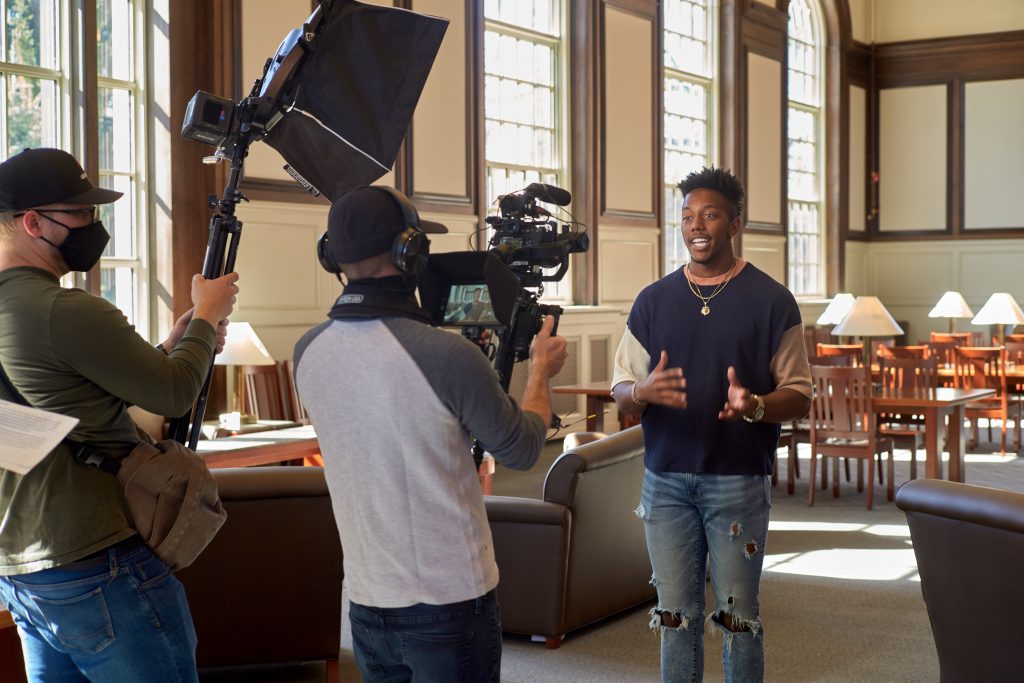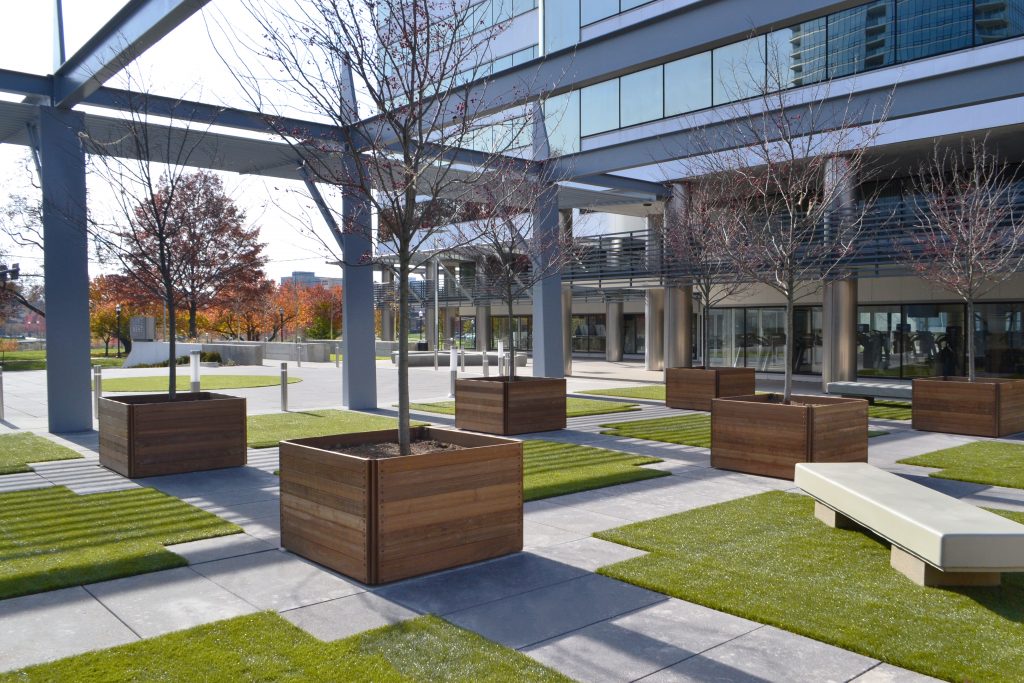uconn.edu Homepage
Their Efforts Today Will Impact the State, and the World, for Decades to Come
UConn researchers working in the environment, documenting people’s lives during the pandemic, and teaching children to write better will have profound implications in the future
July 15, 2021 | Amanda Song
DMD Professor’s ‘Blackhaven’ Game Lets Players Unravel Mysteries of the Past
A historically-themed video game that explores themes of contemporary relevance
July 14, 2021 | Kenneth Best
Summer Undergraduate Researcher Sam Degnan-Morgenstern ’22 (ENG)
Engineering major is studying drug transport in solid tumors using computational methods derived from physics
July 8, 2021 | Mike Enright '88 (CLAS), University Communications
UConn Featured in Episode of New ‘College Tour’ Series’ First Season
An Amazon Prime show that highlights the whole UConn experience, from academics to the Dairy Bar
July 7, 2021 | Stephanie Reitz
UConn Professors Tell Cicadas’ Story to the World
Whenever Brood X appeared in the news this spring, Christine Simon and John Cooley were right there with them
July 7, 2021 | Mike Enright '88 (CLAS), University Communications
NAACP to Present Prestigious Spingarn Medal to UConn’s Dr. Cato T. Laurencin at 112th Annual Convention
Laurencin joins such previous Springarn recipients as Martin Luther King Jr., Maya Angelou, George Washington Carver, and more
July 6, 2021 | Jennifer Walker
Neag Foundation Gift Supports Transformative Research at UConn School of Medicine
UConn School of Medicine received a gift of $7 million from the Neag Foundation to fund high-risk/high-reward research
June 30, 2021 | Jennifer Eburg, UConn Foundation
UConn’s TIP Digital Brings Disruptive Companies On Board in First Months
Within its first months of operation, UConn's data science incubator, TIP Digital in Stamford, has brought on a dozen companies who are using machine learning to create novel solutions
UConn Scholars Earn Gilman and CLS Scholarships
The scholarships demonstrate the inclusive opportunities available for every UConn student to develop intercultural competencies
June 29, 2021 | Mike Enright '88 (CLAS), University Communications
Confronting the ‘Insect Apocalypse’
A period of mass extinction threatens insects - and the humans and animals who depend on them
June 22, 2021 | Thomas Rettig









